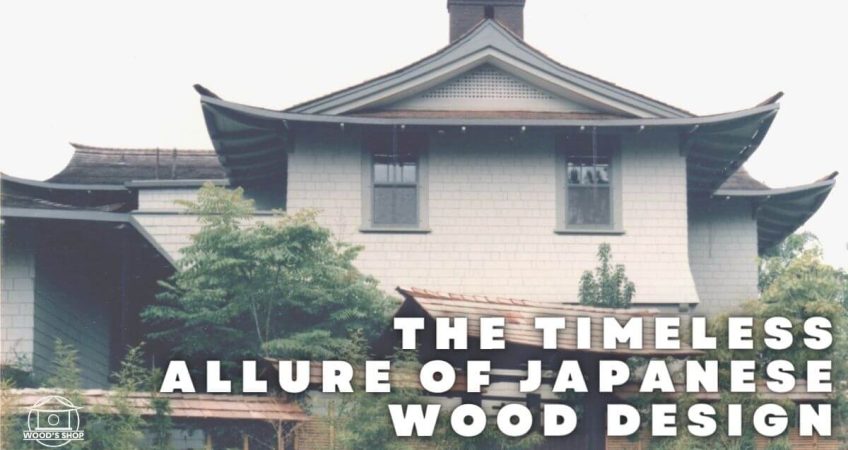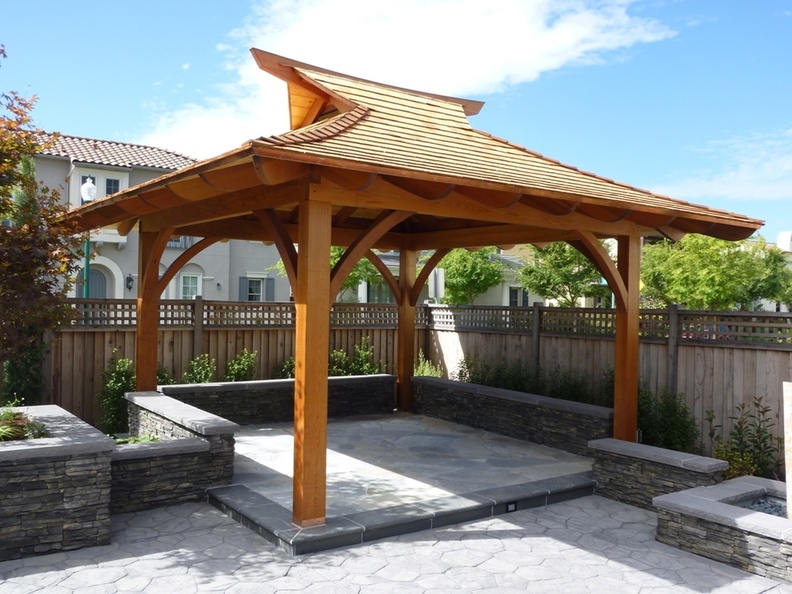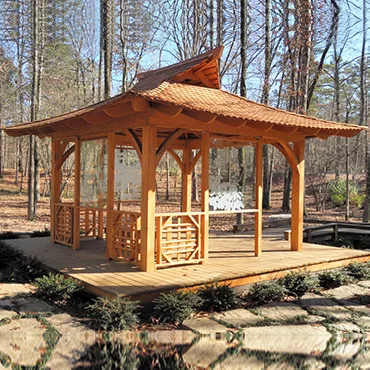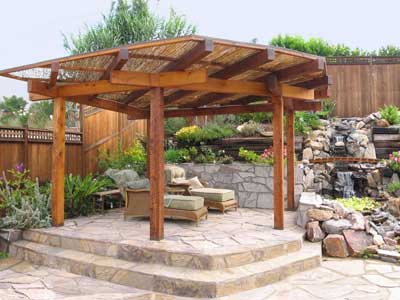The Timeless Allure of Japanese Wood Design

Japanese wood design, an exquisite form of art and craftsmanship, has captured the hearts of many worldwide. Distinct in its simplicity and attention to detail, this formidable art form has its roots deeply ingrained in Japan’s rich cultural and historical tapestry. The elegance of japanese design aesthetics is a reflection of Japan’s profound reverence for nature, underpinned by the belief that beauty lies in what is natural and unadorned.
This unique aesthetic approach, coupled with time-honored woodworking techniques, has shaped the timeless allure of Japanese wood design.
Roots of Japanese Wood Design
The origins of Japanese wood design can be traced back to ancient architectural practices that were primarily centered on wood. These structures, mostly temples and shrines, showcase the skill and precision inherent in this traditional craft. The woodworking techniques used were handed down from generation to generation, each refining the process and adding their individual touch.
The influence of Shinto and Buddhist beliefs on Japanese wood design is profound. These spiritual traditions emphasise a deep respect and veneration for nature, which is thoughtfully reflected in the designs. Elements such as the grain of the wood, knots, and natural imperfections are left visible, celebrating the essence of the material rather than disguising it. This approach creates a harmonious connection between the crafted object and its natural origin, making each piece a unique testament to the beauty of the natural world.
The fusion of traditional techniques, spiritual beliefs, and a deep respect for nature is what gives Japanese wood design its unique character and enduring appeal. The natural aesthetics and meticulous craftsmanship continue to inspire designers all over the world, evidencing the timeless allure of this remarkable art form.
Principles of Japanese Wood Design
Japanese designs are guided by several core principles, each embodying a distinct facet of Japan’s cultural and aesthetic sensibilities.
The principle of Wabi-Sabi, a concept deeply ingrained in Japanese aesthetics, is paramount in wood design. Wabi-Sabi is the art of finding beauty in imperfection and embracing the natural cycle of growth and decay. It cherishes the simple, the rustic, and the unpolished – qualities that are evident in the organic irregularities and natural textures of wood.
Balance and harmony are other guiding principles in Japanese woodwork. They reflect the Buddhist influences on Japanese aesthetics, emphasizing the importance of unity and equilibrium in design. This is often achieved through the symmetrical arrangement of elements and the careful consideration of proportion and scale.
Minimalism, a concept now familiar in the western world, is another principle central to Japanese wood design. It embodies the saying “less is more,” emphasizing the beauty of simplicity and functionality over ornamentation. This is evident in the clean lines and uncluttered aesthetics of Japanese woodwork.
These principles are not just relics of the past; they continue to resonate in contemporary wood design. Modern Japanese woodwork still carries the unmistakable echo of its traditional roots, beautifully merging the old with the new. The harmonious blend of past and present, tradition and innovation, is a testament to the enduring relevance of these principles in japanese design.

Materials and Techniques in Japanese Wood Design
Japanese wood design utilizes a variety of woods, each with its own unique properties and significance. Among the most commonly used are Hinoki (Japanese Cypress), Sugi (Japanese Cedar), and Keyaki (Japanese Zelkova). Hinoki is cherished for its light color, straight grain and natural resistance to rot. Sugi, on the other hand, is darker with a distinct aroma, and is often used in traditional building construction. Keyaki is valued for its strength and beautiful grain pattern, making it a popular choice for furniture and architectural details.
Traditional Japanese woodworking is renowned for its intricate joinery techniques, carving, and lacquerwork. Japanese joinery, known for its precision and the absence of nails or screws, is a testament to the mastery of the artisans. Varieties of joinery such as dovetail, mortise and tenon, and intricate Tsugite (interlocking) joints are used in everything from furniture to architectural structures, enhancing the beauty and durability of the creations.
Carving in Japanese wood design is equally impressive, often featuring intricate patterns and motifs inspired by nature. The skill and patience required for this delicate work are evident in the stunning details that embellish a range of wooden objects, from ornate temples to modest household utensils.
Lacquerwork, or Urushi, is another distinctive technique in Japanese wood artistry. Lacquer, derived from the sap of the Urushi tree, is used to coat wood, giving it a high gloss finish that is resistant to water and decay. The application of lacquer requires great skill and patience, as it is applied in multiple thin layers, each needing to dry before the next is added.
The combination of select materials and time-honored techniques contributes to the distinctive aesthetic and enduring allure of Japanese wood design.
Japanese Wood Design in Architecture
Japanese wood design is not only limited to standalone artisanal items, but it also extends to the architectural marvels that have come to define Japan’s cultural landscape. Temples, shrines, and traditional houses, built with a deep understanding of woodworking techniques, stand as testaments to the skill and artistry of Japanese craftspeople.
One of the most captivating aspects of Japanese architecture is the seamless blend of indoor and outdoor spaces. This is often achieved through the use of Shoji screens, sliding doors made of thin translucent paper stretched over a wooden lattice. These screens, while providing privacy and separation within the interior, also allow light to filter through, creating a gentle interplay between the indoor and outdoor environments.
Another element that illustrates this union of inside and outside spaces is the Engawa, a strip of non-tatami matted flooring that acts as a transitional space between the interior of a house and its garden or courtyard. Engawa serves multiple functions from a seating area to a vantage point for admiring the garden, imbuing the architecture with a dynamic versatility.
The Tokonoma, an alcove in a traditional Japanese room, is yet another architectural element that reflects the essence of Japanese wood design. Often displaying calligraphy, arranged flowers, or prized ceramic objects, the Tokonoma is intended to be a space for contemplation and aesthetic appreciation.
Japanese wood design in architecture, from the grandeur of temples and shrines to the subtlety of residential design, exhibits a profound understanding and respect for nature, which aligns with the fundamental principles of Japanese aesthetics. This strong connection to nature not only defines Japanese wood design but also continues to inspire architectural practices around the world.
Read More: Step-by-Step Guide to Building a Wood Gazebo

Modern Interpretations of Japanese Wood Design
In the contemporary world, Japanese wood design continues to thrive and inspire, constantly evolving while staying true to its core principles. The aesthetic of ‘wabi-sabi’, an understanding and acceptance of the imperfections and transient nature of things, is being integrated into the designs of modern furniture, interior décor, and functional objects.
Modern designers and artists have taken a keen interest in Japanese woodworking techniques, implementing these age-old methods in their creations. The unpretentious elegance of Japanese design, coupled with the sustainable and environmentally friendly characteristics of wood, makes it a favorite material for contemporary designers. Furniture that uses the traditional Tsugite joinery, or lighting fixtures that feature the natural textures and shapes of wood, are just some examples of how Japanese wood design is being reinvented in the modern era.
Interior décor, too, continues to reflect the influence of Japanese wood design. From the minimalist aesthetic of Japanese-inspired furniture to the use of Shoji screens for room partitions, the principles of balance, functionality, and simplicity are prevalent in contemporary interiors.
Japanese wood design also extends to functional items. For example, kitchen utensils made from Hinoki wood are popular for their natural antibacterial properties and aromatic scent. Homeware items, bath accessories, and even personal items like eyeglasses frames take on a new dimension of design when crafted from Japanese woods, blending traditional aesthetics with modern needs.
In all these ways, the enduring appeal of Japanese wood design is evident. With its seamless blending of past and present, tradition and innovation, Japanese wood design continues to be a source of inspiration and admiration both within Japan and around the world.
The Global Impact of Japanese Wood Design
Japanese wood design has had a profound influence on international design trends, transcending borders to inspire artisans and designers worldwide. The essence of Japanese aesthetics, which emphasizes simplicity, functionality, and a deep respect for nature, has found resonance with the global design community.
The principles of ‘wabi-sabi,’ celebrating the beauty in imperfection and transience, have been embraced by a variety of design disciplines. For instance, in the realm of furniture design, the Danish concept of ‘hygge,’ which prioritizes comfort and coziness, shares similarities with ‘wabi-sabi’. Many Scandinavian designs incorporate elements of Japanese wood design, such as clean lines and the use of natural materials, demonstrating the global impact of this art form.

Japanese wood design’s influence is also apparent in architecture, with the trend of minimalist design echoing the simplicity and functionality of Japanese aesthetics. The use of natural and sustainable materials, a cornerstone of Japanese design, has become a significant trend in eco-friendly architecture.
Moreover, the global design community often pays homage to classic elements of Japanese wood design. The Shoji screens and Tatami mats are frequently adopted in interior designs, and the Tokonoma concept has inspired many art display spaces and home decor elements.
Thus, the influence of Japanese wood design is truly global, with its principles and practices continuing to inspire, innovate, and impact design trends around the world. This powerful testament to the enduring allure and versatility of Japanese wood design demonstrates its significant role in shaping the landscape of international design.
Read More: Explore Creative Patio Cover Ideas
Conclusion
Japanese wood design, with its deep roots in cultural values and design philosophy, remains an enduring aesthetic in the world of art and design. Its principles of simplicity, functionality, and respect for nature not only reflect the essence of Japanese aesthetics but also resonate with the ever-evolving ethos of the international design community. The appeal of Japanese wood design is timeless, effortlessly bridging the gap between traditional and contemporary, ancient and modern. In a world that is rapidly changing, its relevance and impact persist, offering a wellspring of inspiration for design, architecture, and craftsmanship.
As we conclude our exploration of the captivating world of Japanese wood design, we invite you, our readers, to continue this journey of discovery. Be it the intricacy of Tsugite joinery or the comforting simplicity of ‘wabi-sabi’, there is much to appreciate and learn. For those who are inspired to bring a touch of this timeless aesthetic into their own spaces, we recommend Woods Shop – a haven for the best of Japanese woodworks. Immerse yourself in the remarkable influence and enduring appeal of Japanese wood design, and experience firsthand the transformative power of this extraordinary design tradition.
Frequently Asked Questions
- What is the concept of ‘wabi-sabi’ in Japanese wood design?
‘Wabi-sabi’ is a Japanese design philosophy that appreciates the beauty in imperfections and transience. This concept has been integrated into modern furniture and interior designs, with items such as Tsugite-joined furniture and natural wood light fixtures embodying this aesthetic.
- How has Japanese wood design impacted international design trends?
Japanese wood design has greatly influenced international design, with its principles of simplicity, functionality, and respect for nature resonating globally. Its influence can be seen in diverse disciplines, from Scandinavian furniture design to minimalist architecture, signifying its far-reaching impact.
- How can I incorporate Japanese wood design into my own space?
You can bring the aesthetic of Japanese wood design into your space in many ways. Consider furniture or functional items made using traditional Japanese woodworking techniques, or introduce elements like Shoji screens or Tatami mats. For a curated selection of Japanese woodworks, you can explore Woods Shop.